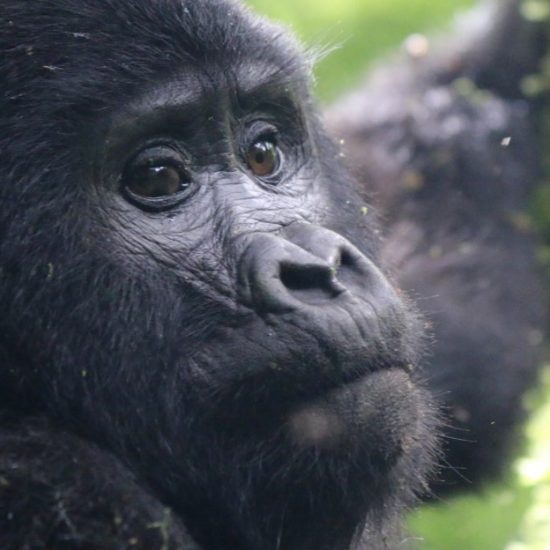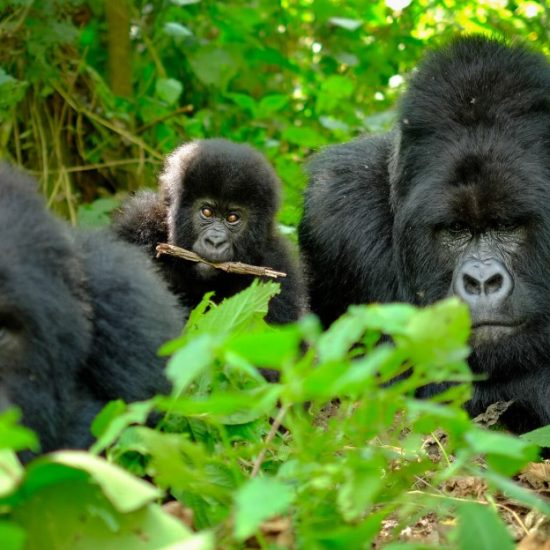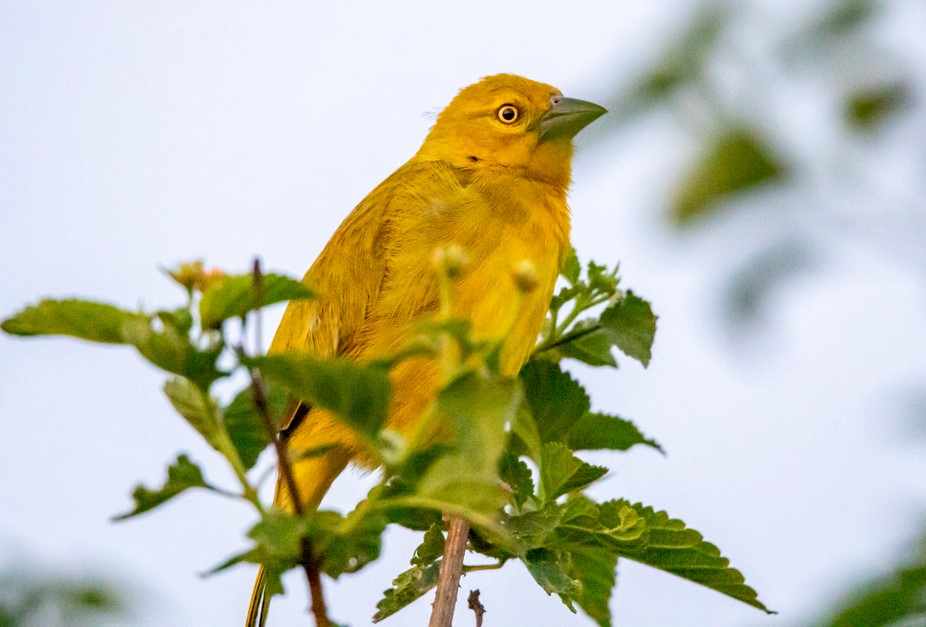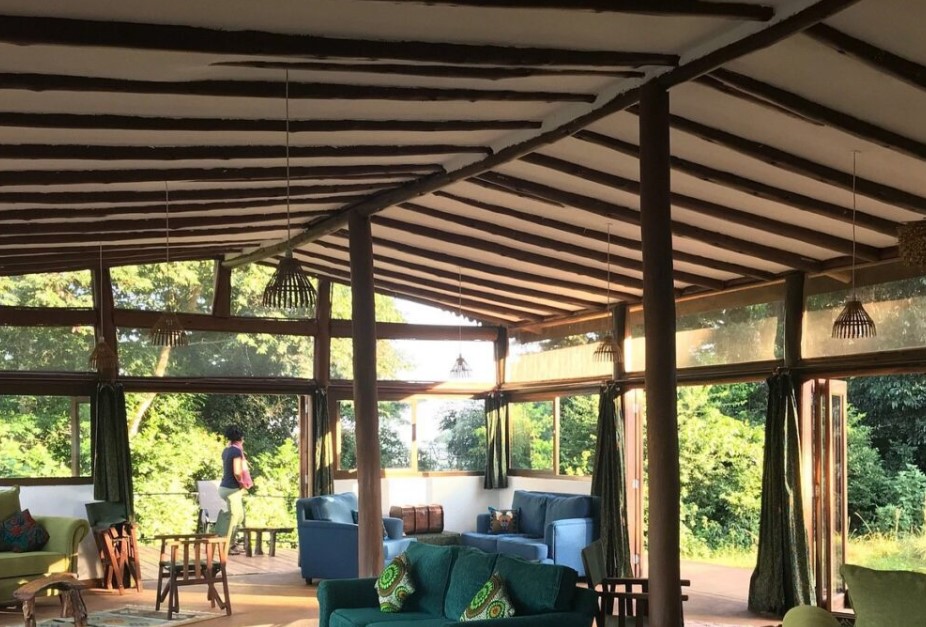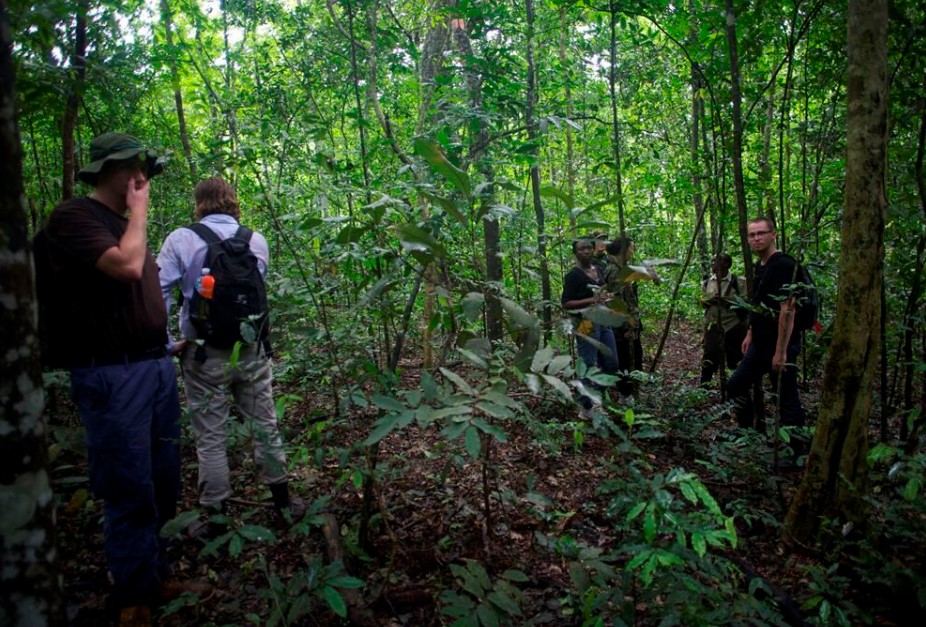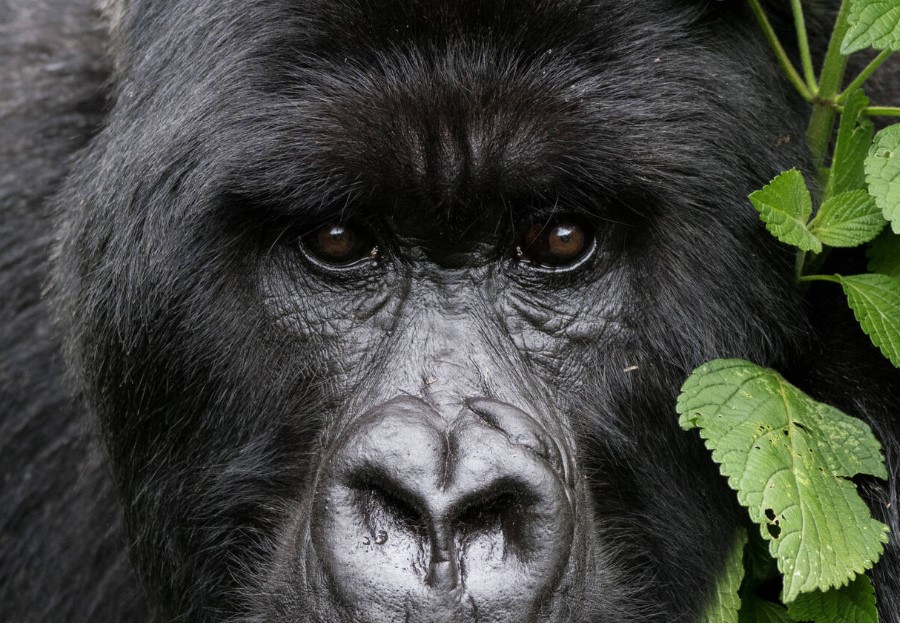
Mgahinga National Park Uganda
Mgahinga National Park in Uganda is one of the famous destinations that is part of the larger Virunga Conservation Area, which entails Rwanda’s Volcanoes National Park, Virunga National Park of the Democratic Republic of Congo, and Mgahinga National Park of Uganda. It is located in southwestern Uganda at the border with Rwanda, Uganda, and the Democratic Republic of Congo in the Kisoro district.
The park emanates its name from the Kinyarwanda word “Gahinga,” which means small lava stones that were commonly seen in the gardens at the foot of the mountain. Mgahinga Gorilla Park has undergone several transformations until it was upgraded from a game reserve and established into a national park after the Batwa eviction in 1991. This aimed at protecting the endangered mountain gorillas that were at risk due to frequent conflicts with humans, especially the Batwa people within and outside the park premises.
Covering roughly 33.9 square kilometers, Mgahinga National Park in Uganda is the smallest of Uganda’s national parks, followed by Lake Mburo National Park. Mgahinga’s natural beauty is what sets it apart, despite its small size. It is distinguished by its semi-alpine vegetation, Afro-montane forests, tropical forests, bamboo forests, marshes/swamps, savannah grasslands, and woodlands. Mount Sabinyo, Mount Gahinga, and Mount Muhabura are the park’s most prominent features; they are all dormant volcanoes. These mountains, together with the Bisoke, Karisimbi, and Nyiragongo mountains, are part of the enormous Virunga Mountain ranges. But much of the park is situated at high heights of 2,000 to 4,000 meters.
These mountains and the park’s dense forest cover affect the climate, causing regular rains and a refreshing breeze. From the crater lakes on the mountain top to the rivers and lakes on the ground, multiple streams flow down the marshes in Mgahinga Gorilla National Park, making it an essential water catchment area. The local populations who live adjacent to the park receive water from rivers like Ntebeko, Kabiranyuma, and Nyabirerema, which flow down the mountainside.
Although Mgahinga Gorillas Park is home to the magical mountain gorillas and the rare beautiful golden monkeys, the park is also a natural habitat to other mammals such as the Leoprads, Elephants, Forest hogs, Buffaloes, Spotted Hyenas, Golden cats, Bush Bucks, Serval cats, and other primates like Olive Baboons, Patas monkeys, Red-tailed monkeys, mangabeys, bushbabies, blue monkeys, African porcupines, and Colobus monkeys, the main draw is the park’s endangered mountain gorillas.
The primary indigenous tribes residing along the forest edges include the Batwa, Bafumbira and the Bakiga people whose source of income is based on subsistence farming along the terraced mountain slopes. Population pressure brought on by the absence of the Batwa route in Mgahinga and the lack of other sources of revenue has over time led to human encroachment and pressure on the parkland and forest, which has resulted in deforestation in regions near populated communities.
At the base of the mountains and higher up, the sub-alpine vegetation and bamboo are still mostly preserved. Poaching has been reduced by the Uganda Wildlife Authority (UWA), but ongoing population growth among communities outside the park poses a threat. UWA developed a community development program to harmonize the three parties of the community, wildlife, and authorities.
How to get to Mgahinga Gorilla National Park
Travelers from Kampala or Entebbe can access Mgahinga National Park by plane or road transport. With well-paved tarmac roads, the journey takes about 8-9 hours. The trip from Kampala to the park via the Mbarara-Masaka-Kampala highway takes almost 9 hours. The daily buses from Kampala to Kisoro town are available for single travelers to hire. After arriving in Kisoro town, road users can make use of special hires and even motorcycles that transport passengers to the park gate. The road from Kisoro town to Mgahinga National Park is uneven and dusty since it is made of murram.
The journey seem to be long, however, with the use of a good 4×4 safari vehicle, travelers find it easier to access the park without difficulties since the road trip is full of adventure and breathtaking scenery, with stops along the way that help you to explore and also interact with the local people.
Another option is to take the shorter route from Kigali International Airport to Mgahinga National Park, which passes through the Katuna or Cyanika borders of Uganda.
This route is highly recommended and takes less than 4 hours. The attractions for tourists in Mgahinga National Park Many Rwandan visitors visit Mgahinga since the Rwandan government raised the cost of gorilla permits to $1500. This is because many tourists, especially those on a budget, would prefer permits for $800 for Uganda than the $1500 of Rwanda.
Travelers who are not used to traveling long distances or hate traveling long distances on the road with limited time might opt for a chartered flight to Kisoro Airstrip from Entebbe International Airport or Kajjansi Airstrip in Kampala and then connect to the park via road. Your flight from Entebbe and Kisoro can be organized every Monday through Friday by flight firms such as Aero Link Uganda, Bar Aviation, Kampala Executive, and Eagle Air. Reservations for the local flight must be made in advance. You can get ground transportation from the Kisoro airstrip to the park and schedule a local flight with the assistance of tour agencies.
Top Activities to do in Mgahinga Gorilla National Park
The fact that Mgahinga National Park is less crowded is one of its benefits. You may explore the entire park in silence. It is not necessary to make reservations in advance for certain activities. It is not necessary to make reservations in advance for many of the activities. Gorilla trekking, tracking golden monkeys, mountain climbing, nature walks, cultural visits, and bird viewing are just a few of the activities available to visitors to Mgahinga Gorilla National Park. Examining our 3-day gorilla trip package in Mgahinga is the ideal place to start. The majority of these activities begin at the Ntebeko visitor center. These are the activities:
Trekking Mountain Gorillas
Bwindi and Mgahinga are two national parks in Uganda that are fortunate to offer mountain gorilla trekking. Mountain gorillas in Mgahinga National Park compared to gorillas in Bwindi Impenetrable Forest have fluffier coats due to higher elevation in Mgahinga. The park has only one gorilla family “Nyakagezi” that can easily be accessed compared to other families in Bwindi Impenetrable National Park. In Rwanda, Congo, and Uganda, the Nyakagezi group is one of the two biggest habituated mountain gorilla groups. The gang have been living in Uganda for the past five years, although they were once highly mobile and had a propensity to travel to Rwanda and even Congo. Finding the Nyakagyezi group is quicker than for some families.
At 8 am, gorilla trekking in Mgahinga begins with a briefing. Visitors are guided by park rangers to locate the group following the briefing. As you track the gorillas in Mgahinga National Park, you may come across monkeys, birds, and other forest animals in addition to the immaculate forest. Tracking mountain gorillas may take 1 to 7 hours, depending on their location and movement during the day. Indeed, there is a good probability of sighting mountain gorillas. Each gorilla tracker must be familiar with the gorilla trekking packing list and the gorilla tracking guidelines. Gorilla permits cost $800 and can be obtained through a travel operator or the Uganda Wildlife Authority offices in Kisoro. The months of June through August are ideal for gorilla trekking.
Gorilla trekking in Mgahinga starts at 8 am with the briefing. After the briefing, visitors are led by the park rangers to find the group. Gorilla Tracking in Mgahinga National Park: While tracking the gorillas, expect to encounter pristine forest, primates, birds, and other forest creatures. The time taken tracking the gorillas will depend on the location of the group that day and can take anywhere between 1 to 7 hours. Go prepared with a good camera to capture one of the most amazing wildlife experiences.
Will you see the primates. Well, the chances of seeing mountain gorillas are pretty high. There is a packing list for gorilla trekking and rules for gorilla tracking that every tracker needs to be conversant with. The cost of a gorilla permit is $800 and can be acquired from the Uganda Wildlife Authority offices in Kisoro or through a tour operator. The best time of the year for gorilla trekking is between June and August.
Golden Monkey Tracking
Golden monkeys are subspecies of blue monkeys. The primates are endemic to the Albertine Rift and Virunga ranges in Uganda, Rwanda, and the Democratic Republic of Congo. They look cute with beautiful golden coats. Golden monkeys are rather small monkeys, with an adult weighing about twenty pounds. They are very playful and active primates living in large groups that can contain 80 individuals. They spend most of their time on top of trees feeding off bamboo shoots or insects on the slopes of the volcanoes. Their chief predator is the African eagle.
Tracking Golden Monkeys
Golden monkeys in Africa are of special appeal to tourists. Only Rwanda (Volcanoes National Park) and Uganda (Mgahinga National Park) have habituated groups that are open to visitors. It could take anywhere from thirty minutes to three hours to track golden monkeys. At 8:00 a.m., the action starts with a briefing. There is an 85% chance of finding the monkeys. Because they can’t hear eagles approaching, they usually hide during wet seasons. After finding these adorable monkeys, visitors have just one hour to observe the group’s behavior and snap priceless photos. At an additional expense, there is a chance to pursue the extended golden monkey habituation experience with researchers, but at an extra cost. Trekking to see these rare and beautiful golden monkeys ’costs $60 for non-foreign residents, $50 for foreign residents, and UGX 40,000. This excludes park entrance.
Hiking
Hiking Mount Sabyinyo, Gahinga, and Muhavura volcanoes is a remarkable pastime in Mgahinga National Park. With an elevation of 3,669 meters, Sabyinyo is the oldest and most popular destination for hikers. Hikers who reach the top can simultaneously be in Rwanda, Congo, and Uganda. The simplest ascent is Mount Gahinga, which takes roughly six hours. Stunning vistas of the Rwenzori Mountains, the Bwindi Impenetrable Forest, Lake Edward, the Virunga Mountains, and unusual alpine flora may be seen on three-day climbs of all three volcanoes. These climbs require hikers to be in good physical and mental health. Beginners need to prepare well, although seasoned hikers may find the paths manageable.



